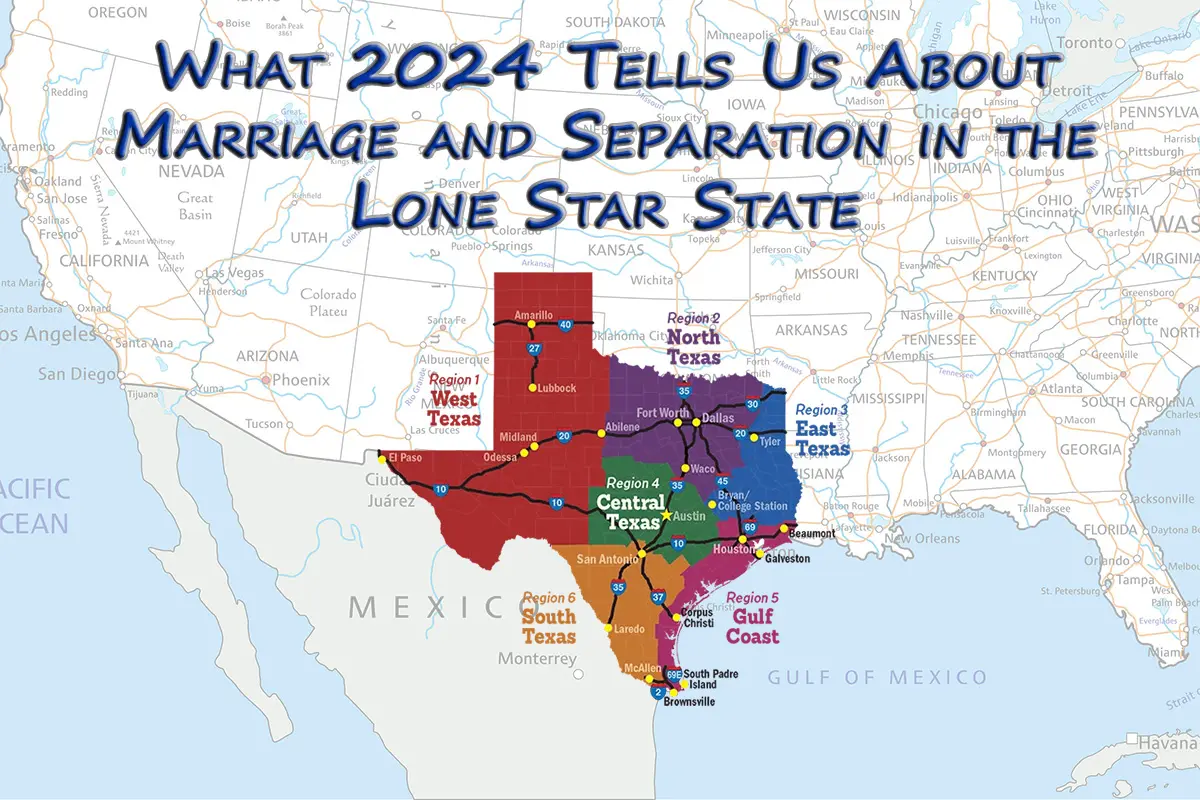An uncontested divorce can refer to an agreed divorce or a default divorce in Texas. The term “uncontested divorce” can refer issue either an agreed divorce or a default divorce. In most instances, you will find that the term is used synonymously with the term agreed divorce. However, it is critical to understand that an uncontested divorce can relate to either of these types of divorce so that you do not receive incorrect information about your specific case.
What Is an Uncontested Divorce?
In relation to an uncontested divorce being understood as an agreed divorce, both parties agree on all of the terms of the divorce. In these cases, both spouses are willing to sign an agreement stating that they are willing to skip the trial process that typically occurs before a judge. If you are able to file for an agreed divorce in this manner, it can mean that your divorce can be more affordable and faster than going the traditional route.
Are you wondering how much it costs to get an uncontested divorce in Texas? Take a look at this article about the Cost of Uncontested Divorce in Texas.
In relation to the term meaning the divorce is granted by default, this means that the Respondent never filed an answer, and the divorce was, therefore, granted to the Petitioner without the involvement of the Respondent.
It may appear that using the same phrase to describe these various divorce outcomes would lead to confusion. In reality, though, both agreed and default divorces are technically uncontested. In the case of default divorces, the Respondent does not respond and so does not challenge the divorce.
The process for an uncontested divorce is the same regardless of where the person filing lives in Central Texas, Coastal Texas, North Texas, East Texas, South Texas, or West Texas. The procedure and process of divorce under Texas Family Code Section 6 is the same no matter what county the filer may reside.

What are Criteria to Getting an Uncontested Divorce?
If you want to get an uncontested divorce because you and your spouse agree on all of the terms, there are some criteria you will need to meet. These include:
- Both of you agree to dissolve the marriage
- Both of you agree on the reason (grounds) for the divorce
- There aren’t any court orders for support or custody that are already in place
- Both of you agree on all divorce-related issues, including child support and custody
If there has been a final order issued by the court in regard to child custody and support, you can request an agreed divorce if you meet the following criteria:
- Neither spouse desires to change the order
- The final court order is not a protective order or a temporary order
- The final court order includes all of the children that you and your spouse have had together
You cannot get an uncontested divorce if you are filing for divorce on fault-based grounds. Instead, you will need to file using one of the two no-fault reasons for divorce under Texas law. These are insupportability or living apart.
You will need to file for a traditional divorce if you don’t meet the above criteria.
Fault Vs. No-Fault
In the state of Texas, you can either file for a no-fault divorce or a fault-based divorce. A no-fault divorce is when neither party is accusing the other of being responsible for the marriage falling apart. A fault-based divorce is when one or both parties accuse the other of being to blame for the divorce.
If your partner wronged you in some way that legitimately led to the dissolution of your marriage, it is totally understandable to want them to face the consequences of their actions. That being said, the cost of a fault divorce is going to be significantly higher than a no-fault divorce. This type of divorce also typically takes quite a bit longer than a no-fault divorce.
For this reason, you might find that it is more advantageous to you in the big picture to file for a no-fault divorce, even if you have compelling evidence to prove your spouse’s fault.
We Can Help
If you are filing for an agreed and therefore uncontested divorce in Texas, you’ll be glad to know that you are getting divorced in the easiest way possible in the Lone Star State. Contact us at (800) 432-0018. Our goal at Ready Divorce Service is to provide clarity and support tailored to your individual needs. By choosing us, you’re not just getting legal assistance; you’re gaining a partner who will be with you every step of the way as you embark on a new chapter of your life.





